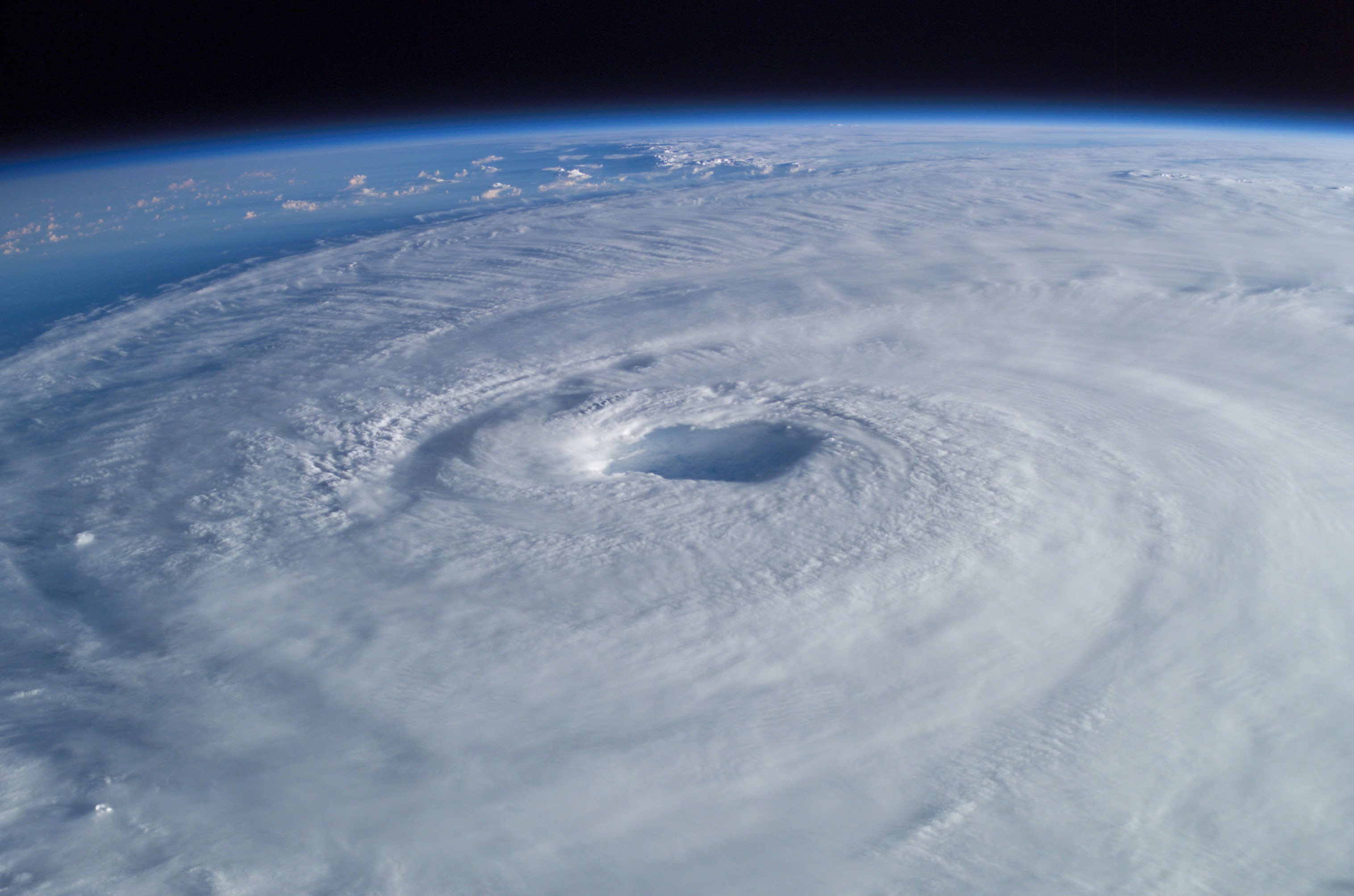Natural Disaster
A natural disaster is the effect of a natural hazard (e.g., flood, tornado, hurricane, volcanic eruption, earthquake, or landslide). It leads to financial, environmental or human losses. The resulting loss depends on the vulnerability of the affected population to resist the hazard, also called their resilience.This understanding is concentrated in the formulation: "disasters occur when hazards meet vulnerability. A natural hazard will hence never result in a natural disaster in areas without vulnerability, e.g. strong earthquakes in uninhabited areas. The term natural A concrete example of the division between a natural hazard and a natural disaster is that the 1906 San Francisco earthquake was a disaster, whereas earthquakes are a hazard. This article gives an introduction to notable natural disasters, refer to the list of natural disasters for a comprehensive listing.
Flood
A flood is an overflow of an expanse of water that submerges land. The EU Floods directives defines a flood as a temporary covering by water of land not normally covered by water. In the sense of "flowing water", the word may also be applied to the inflow of the tide. Flooding may result from the volume of water within a body of water, such as a river or lake, which overflows or breaks levees, with the result that some of the water escapes its usual boundaries.
Tornado
A tornado is a violent, dangerous, rotating column of air that is in contact with both the surface of the earth and a comulonimbus cloud or, in rare cases, the base of a cumulus cloud. They are often referred to as a twister or a cyclone, although the word cylone is used in meteorology in a narrower sense, only to name hurricanes or typhoons. Tornadoes come in many shapes and sizes, but are typically in the form of a visible condensation funnel, whose narrow end touches the earth and is often encircled by a cloud of debris and dust. Most tornadoes have wind speeds less than 110 miles per hour (177 km/h), are approximately 250 feet (80 m) across, and travel a few miles (several kilometers) before dissipating. The most extreme can attain wind speeds of more than 300 mph (480 km/h), stretch more than two miles (3 km) across, and stay on the ground for dozens of miles (more than 100 km).
Hurricane (tropical cyclone)
A tropical cyclone is a storm system characterized by a large low-pressures center and numerous thunderstorms that produce strong winds and heavy rain. Tropical cyclones strengthen when water evaporated from the ocean is released as the saturated air rises, resulting in condensation of water vapor contained in the moist air. They are fueled by a different heat mechanism than other cyclonic windstorms such as nor'easter, European windstorms, and polar lows. The characteristic that separates tropical cyclones from other cyclonic systems is that at any height in the atmosphere, the center of a tropical cyclone will be warmer than its surrounds; a phenomenon called "warm core" storm systems.
Volcanic Eruptions
During a volcanic eruption, lava, tephra (ash, lapilli, volcanic bombs and blocks), and various gases are expelled from a volcanic vent or fissure. Several types of volcanic eruptions have been distinguished by volcanologist. These are often named after famous volcanoes where that type of behavior has been observed. Some volcanoes may exhibit only one characteristic type of eruption during a period of activity, while others may display an entire sequence of types all in one eruptive series.
Earthquake
An earthquake (also known as a quake, tremor or temblor) is the result of a sudden release of energy in the Earth's crust that creates seismic waves. The seismicity or seismic activity of an area refers to the frequency, type and size of earthquakes experienced over a period of time. Earthquakes are measured using observations from seismometer. The moment magnitude is the most common scale on which earthquakes larger than approximately 5 are reported for the entire globe. The more numerous earthquakes smaller than magnitude 5 reported by national seismological observatories are measured mostly on the local magnitude scale, also referred to as the Richter scale. These two scales are numerically similar over their range of validity. Magnitude 3 or lower earthquakes are mostly almost imperceptible and magnitude 7 and over potentially cause serious damage over large areas, depending on their depth. The largest earthquakes in historic times have been of magnitude slightly over 9, although there is no limit to the possible magnitude. The most recent large earthquake of magnitude 9.0 or larger was a 9.0 magnitude earthquake in Japan in 2011(as of March 2011), and it was the largest Japanese earthquake since records began. Intensity of shaking is measured on the modified Mercalli scale . The shallower an earthquake, the more damage to structures it causes, all else being equal.
Conclusion...
In conclusion natural disasters are very dangerous due to the large quantities that endanger the lives of many people, injuring, killing, taking away relatives near and far. However, there are specialized computers that prevent us from them (warning of the threat), to be ready on arrival.





No hay comentarios:
Publicar un comentario